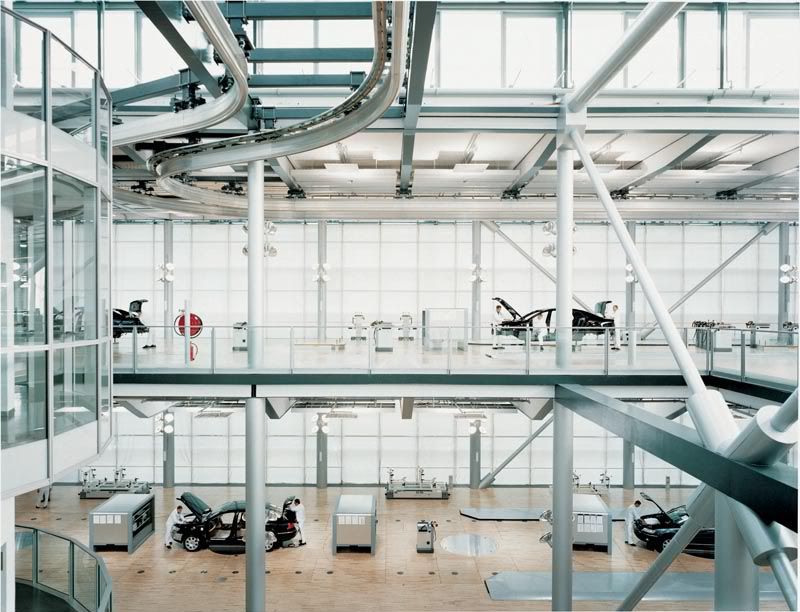This first structure is the Premont Lantern and was designed by architects at DMG architecture and Bourgeois Lechasseur Architecture. This Harley Davidson store is located in Quebec, Canada and was constructed in 2012. Found on arch daily this structure is a perfect outstanding example of a building with a frame construction. When close enough to see the building in its entirety it would appear as if the structure is floating (see first image). The structure looks as if its floating above or resting upon the glass and the frame construction is what allows the architect to design the building in this fashion. On the contrary the the firm and rugged appearance along with the harsh straight lines and angles make the building feel powerful and strong, much like the motorcycles sold inside. This 8,000 square feet structure houses not only a store but also a themed restaurant, administrative offices, a museum, and a large repair shop. Housing all these features within this building is perfect since it was designed to be a landmark that can draw attention from afar. The top of the towered piece lights up so it can be seen from great distances. As this building rests in the countryside of Quebec it's location and design allow it to stand out as it acts like a lighthouse for all to see. The frame construction also allows for great visibility in the airy showroom. The showroom appears to extend for great lengths and give guests the impression of expanse once inside. All of this is allowable due to the frame construction of the building.
This pavilion is a great example of a space frame. Located on the border of two Canadian provinces, Montreal and Quebec, construction was completed in 2012. This project was a student led initiative by the Directed Research Studio of the McGill School of Architecture. The Facility for Architectural Research in Media and Mediation also helped coordinate the project and the goal was to create a new place for mediation practice. The structure was constructed of planar plywood ribs joined with sheet metal nodes, other metal tubes, and plywood joints. The pavilion has 2056 discrete assemblies and more than 3000 unique pieces of plywood, sheet metal and tubing. The curvature of the pavilion is constantly changing and really offers an outstanding fluid feeling. The structure is really lightweight and adds to the flowing feeling of the structure. The structure also has a very natural look in appearance and the inside would give a sense of calmness. I think the construction and design of the pavilion hits the mark with its intended use and really promotes a peaceful environment where thoughts should flow through you as the structure flows around you. The pavilion also gives a sense of refuge as it is easier to see out of it than it is to see inside of it further promoting use. Overall I think this a fantastic structure and a perfect example of a space frame that is complex in design but simple on the mind.























































